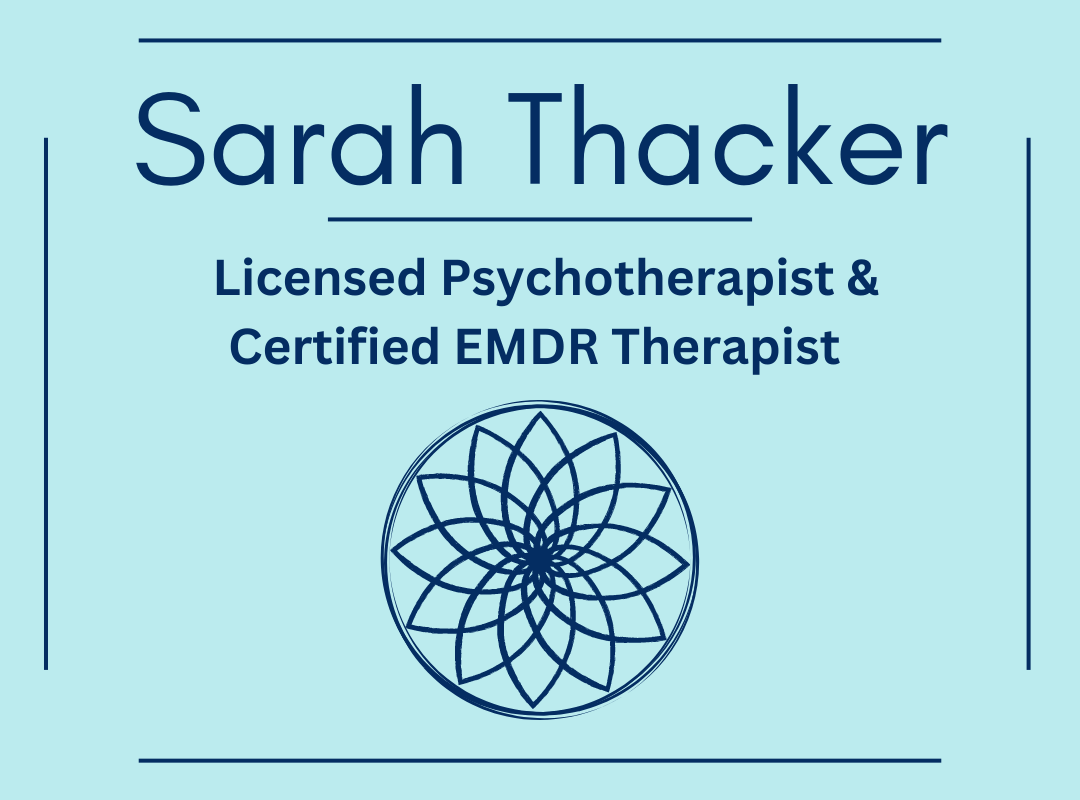“The concept of total wellness recognizes that our every thought, word, and behavior affects our greater health and well-being. And we, in turn, are affected not only emotionally but also physically and spiritually.”
--Greg Anderson
Step 4 to creating a life you love is all about evaluating how well you currently care for yourself in mind, body and spirit. Through this step you will learn about the foundations of wellbeing. You will have opportunities to evaluate how you are currently functioning in each of these foundations in order to assess how you feel you are doing in terms of living well, feeling well and being well. Through self-evaluation you can determine if there are any shifts and changes you would like to create. There will be opportunities to reflect and notice where you can create more fluidity in your lifestyle that will help lead you to the changes you desire.
No matter what your vision for your life may be, when you are taking care of yourself in mind, body and spirit, you will be more likely to have the energy, mental clarity and the necessary inner spark and desire to work towards your goals. If your goals fall within the foundations of wellbeing, then you will really enjoy this step. If they don’t, this step will be important for you too as this foundation creates more freedom for you to create whatever you desire within your life. The foundations of wellbeing are movement, nutrition, sleep and intentional relaxation. When your foundation is strong and your wellbeing becomes a priority, you will be unstoppable as you propel towards pursuit of your life’s vision.
Take a moment and assess your current state of wellbeing. Ask yourself the following questions.
-Do you move your body regularly in a way that keeps it feeling mobile, strong and healthy?
-Do you eat vegetables daily and pay attention to how what you eat makes you feel?
-Do you eat mindfully, meaning pay attention to the process of eating without distraction?
-Do you get adequate and quality sleep?
-Do you take time to relax in an intentional way? Meaning, do you give yourself space to calm and center yourself in mind, body and spirit?
-Is your current lifestyle reflective of your vision and purpose?
-Does your current lifestyle reflect your personal values?
Any wellness routine and way of integrating wellbeing practices into your life will look and feel different from person to person as we all have individual preferences, needs and ways of being. One person might find that within the movement foundation, gentle yoga is what suits their body best while someone else might find that preparing for a half marathon is more fulfilling. With nutrition, we all have different needs. When you assess if you get adequate vegetables, what does that look like for you? No matter what you are eating, paying attention and noticing how what you eat makes you feel is one of the most important elements of being nourished by food. The same is true for sleep, although this tends to be something many people let slide out of focus easily. Intentional relaxation is different than Netflix and chill. While this might be how you unwind or have fun, it is not a true state of mental, physical, emotional and spiritual relaxation. Examples of intentional relaxation include meditation, creating art, reading, taking a bath, having lunch with friends, praying, spending time in nature… Intentional relaxation provides fulfillment, rejuvenation, vitality and pleasure in your life that feels good to you and creates inner peace.
Creating a strong state of true wellness is a journey. Most of us are stressed, tired and live in an overall imbalanced way. When the foundations of wellbeing become a priority, your ability to cope with stress, solve problems and feel mentally and physically well enough to take on much of what life delivers will be far more available. When you create a strong foundation for your physical body, your mental and emotional world can become more available to explore and you can continue to grow and expand mentally and spiritually.
The process of focusing on your own wellbeing requires commitment. When you have a vision for your life and a sense of purpose—and a plan to make it happen—your focus can shift to your wellbeing. When you create true mind, body, spirit wellness within your life, you set the groundwork to live your best life. Begin by choosing ONE area that may be out of balance for you and start with ONE element that you can incorporate in a positive way. Continue building slowly. Once your body is vital and healthy you can dive deeper into mental, emotional and spiritual wellness. This is where personal growth becomes a daily process and daily opportunity. As you move through these steps to leading yourself to living your best life, be sure to offer yourself ample time to creating a solid foundation for wellness and overall wellbeing.



